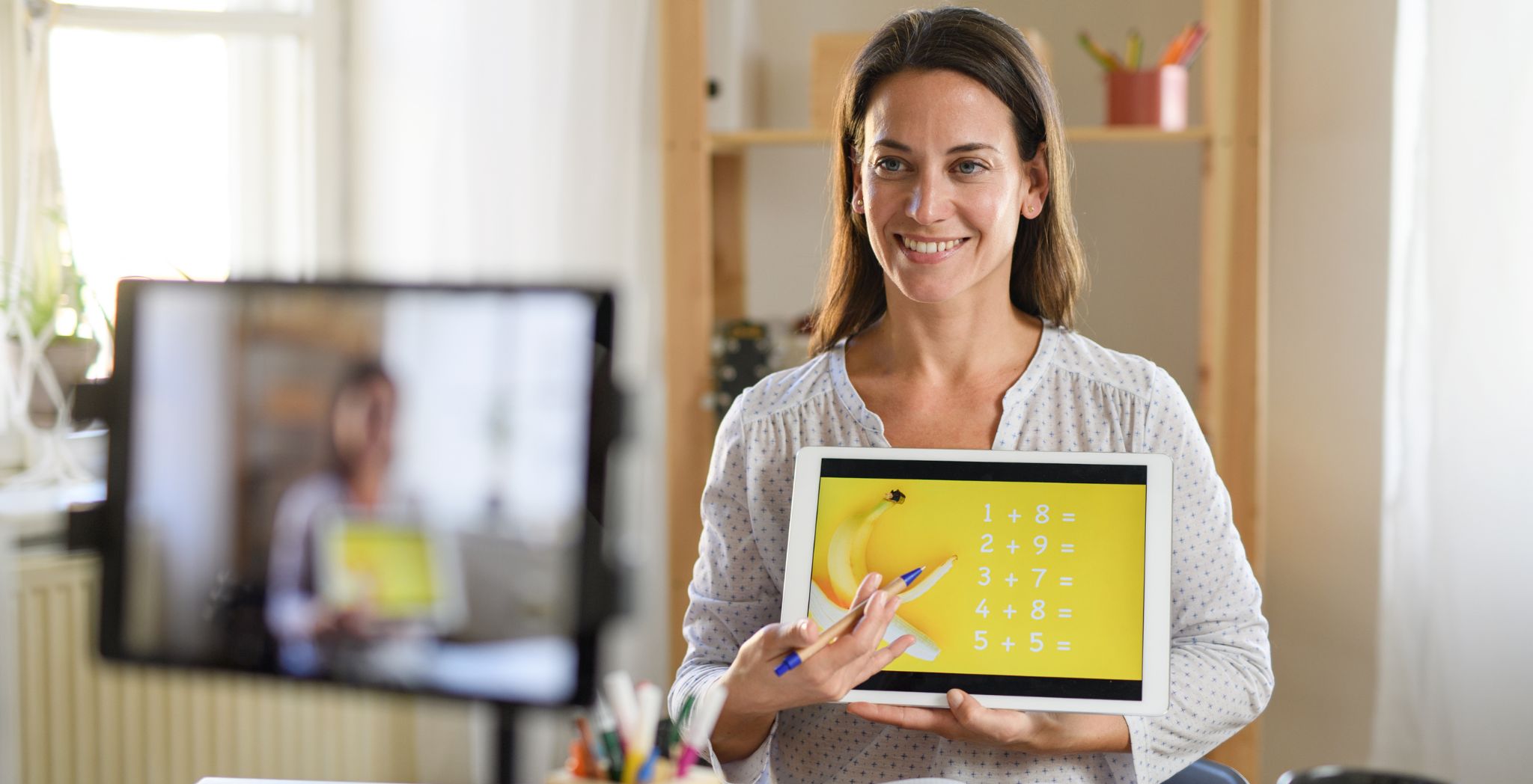
When it comes to schooling, there’s more than one path to success. Faith Christian School is one such route, offering flexibility and personalised learning experiences. Faith Christian School of Distance Education is among the pioneers in this field, providing quality education to students across Australia.
Advantages of Distance Education in Australia

Faith Christian School, also known as Faith Christian school, offers a unique way for students to learn from home. In Australia, this method of learning has many benefits of online learning. Let’s explore some of the advantages of distance education in Australia.
1. Flexibility
One significant advantage of distance education primary school is its flexibility. Students can learn from anywhere, whether from home, while travelling, or even from a different country. This flexibility means students can make a study plan that suits them best.
2. Personalised Learning
In a Faith Cristian school, students often receive personalised attention from their teachers. Because there are fewer students in each class, teachers can change their lessons to fit what each student needs. This can help students learn at their own pace and focus on areas where they need extra help.
3. Safety and Comfort
Learning from home provides students with a safe and comfortable environment. They can study in a space where they feel relaxed and free from distractions. This can lead to better concentration and a more positive learning experience.
4. Access to Resources
Faith Christian schools provide students access to various resources, including online textbooks, educational videos, and interactive learning tools. These tools makes learning more fun and interesting, and they help students understand things better.
5. Inclusive Learning Environment
Faith Christian schools welcome students from diverse backgrounds and abilities. This inclusive environment promotes acceptance and understanding among students, fostering a sense of community and belonging.
6. Preparation for the Future
In today’s digital world, proficiency in online learning is valuable. Faith Christian school prepares students for higher education and future careers by teaching them how to navigate online platforms, collaborate with others remotely, and manage their time effectively.
7. Supportive Learning Environment
Despite not being in a traditional classroom setting, students in Faith Christian schools receive ample support from their teachers and peers. Communication channels like emails, video calls, and online forums allow students to ask questions, seek help, and interact with their classmates and instructors.
How Does Distance Education Work?

Faith Christian school, often referred to asFaith Christian school, is where students learn from their homes rather than attending a physical school building every day. This method of education is becoming increasingly famous, especially in Australia. Let’s explore how Faith Christian school works.
1. Enrollment
Students enrol in a Faith Christian school qld to start. They might do this through an online application process or by contacting the school directly. In Australia, there are several options for Faith Christian schools, including the Faith Christian School of Distance Education.
2. Teachers
In Faith Christian school, students have teachers who guide them through their lessons. These teachers might communicate with students through video calls, emails, or phone calls. Students can ask questions and get help from their teachers, just like in a regular classroom setting.
3. Flexibility
One of the most significant advantages of Faith Christian school is its flexibility. Students can learn at their own pace and on their schedule. This primarily benefits of co-curricular activities students with other commitments, such as extracurricular activities or family responsibilities.
4. Parental Involvement
Since students learn from home, parents play a significant role in their education. Parents help their children stay organised, set schedules and ensure they complete their assignments on time. When parents are involved, they get to know more about what their child is learning, which makes them closer.
5. Assessments
Like in traditional schools, Faith Christian schools have assessments to evaluate students’ progress. These assessments may include quizzes, tests, projects, or essays. Teachers provide feedback on students’ work to help them improve.
6. Socialisation
While Faith Christian schoolallows students to learn from home, it’s essential to ensure they still have opportunities for socialisation. This can be achieved through extracurricular activities, community events, or online forums where students can interact with their peers.
7. Technology
Technology plays a crucial role in Faith Christian school. Students use computers, tablets, and the internet to access learning materials, communicate with teachers, and submit assignments. Educational software and online platforms enhance the learning experience for students.
What Is the Routine for a Distance Education Student?
The routine for a Faith Christian school student is like crafting your learning adventure from the comfort of home. Let’s break down what a typical day might look like:
1. Wake-Up and Prep
Just like any school day, it begins with waking up and getting ready for the day. This means brushing your teeth, having breakfast, and getting dressed, all set to kickstart the learning journey.
2. Learning Sessions
Once all prepped, it’s time to dive into learning! Depending on the schedule set by the school or family, students might start with a specific subject or project. They can access their lessons and assignments through online platforms, videos, textbooks, or worksheets. The beauty is the flexibility—students can tackle subjects at their own pace, whether maths whizzes or budding writers.
3. Break Time
Learning is fantastic, but breaks are equally important! Students take short breaks between lessons to stretch their legs, grab a snack, or play a quick game. These breaks help keep the mind fresh and ready for more learning.
4. Continued Learning
Back to the books (or screens)! Students continue their lessons, exploring new concepts, practising skills, and diving deep into subjects that pique their interest. They may have live classes or video conferences with teachers and classmates, adding that extra touch of interactive learning.
5. Lunch Break
Time to refuel! Whether it’s a homemade sandwich or a delicious meal prepared by a parent, lunchtime is a chance to recharge both body and mind. Plus, it’s an excellent opportunity for some family bonding time.
6. Co-curricular Activities
Learning isn’t just about textbooks and assignments—it’s about exploring passions and interests, too! Students may participate in co-curricular activities like sports, music, art, or even science experiments.
7. Afternoon Sessions
Post-lunch, students might dive back into learning sessions, tackling any remaining assignments or delving into new topics. Again, the pace is entirely up to them, allowing for a personalised learning experience tailored to individual needs and preferences.
8. Review and Wrap-Up
As the day winds down, it’s time to review what’s been learned quickly. Students reflect on their progress, discuss challenges, and celebrate their achievements. It’s a chance to wrap up the day on a positive note and set goals for tomorrow’s learning adventure.
9. Free Time
With the school day over, students have the rest of the afternoon and evening to unwind and enjoy well-deserved free time. Whether reading a book, playing outside, or pursuing hobbies, this time is theirs to relax and recharge for another exciting day of learning tomorrow.
10. Family Support
Throughout the day, parents or guardians offer support, guidance, and encouragement. They may help explain tricky concepts, provide feedback on assignments, or simply cheer on their child’s progress. Together, they make a dynamic team, ensuring the best possible learning experience for the student.
What Educational Technology Used for Distance Education?
Faith Christian School of Distance Education leverages various educational technologies to facilitate learning. This includes learning management systems for accessing course materials, video conferencing tools for virtual classes and tutorials, and interactive resources to make learning engaging and interactive.
Teachers also utilise email and messaging platforms to communicate with students and provide ongoing support. These technologies help bridge the physical gap between students and teachers, creating a seamless learning experience.
Conclusion
In conclusion, Faith Christian school, exemplified by Faith Christian School of Distance Education, offers a viable alternative to traditional schooling. Its flexibility, personalised approach, and use of educational technology make it an attractive choice for students across Australia, especially those in remote areas.
By embracing distance education, students can reap the benefits of online learning while enjoying the advantages of co-curricular activities and a supportive educational community. As technology gets better, distance education can help more kids get a good education, no matter where they live or what their situation is.
